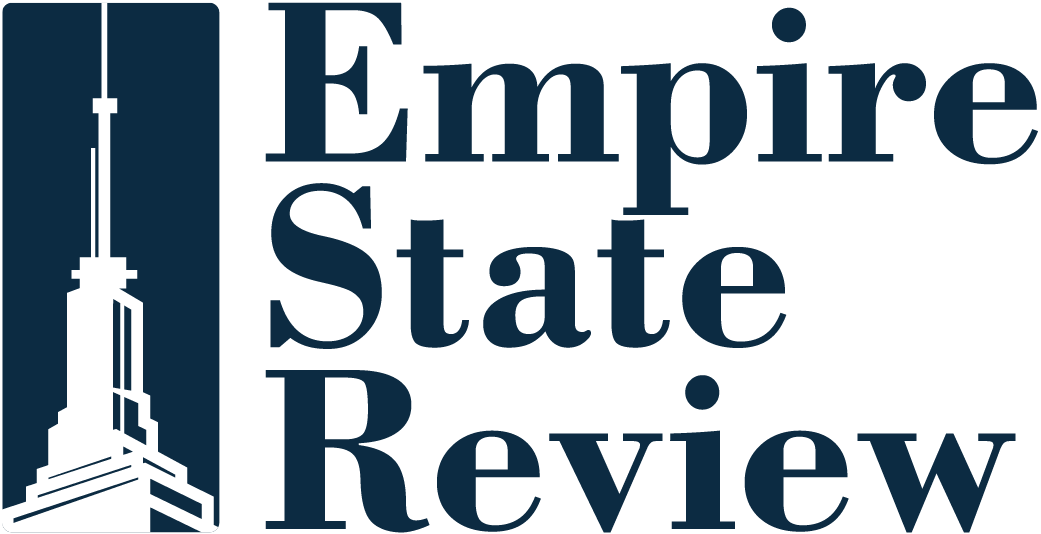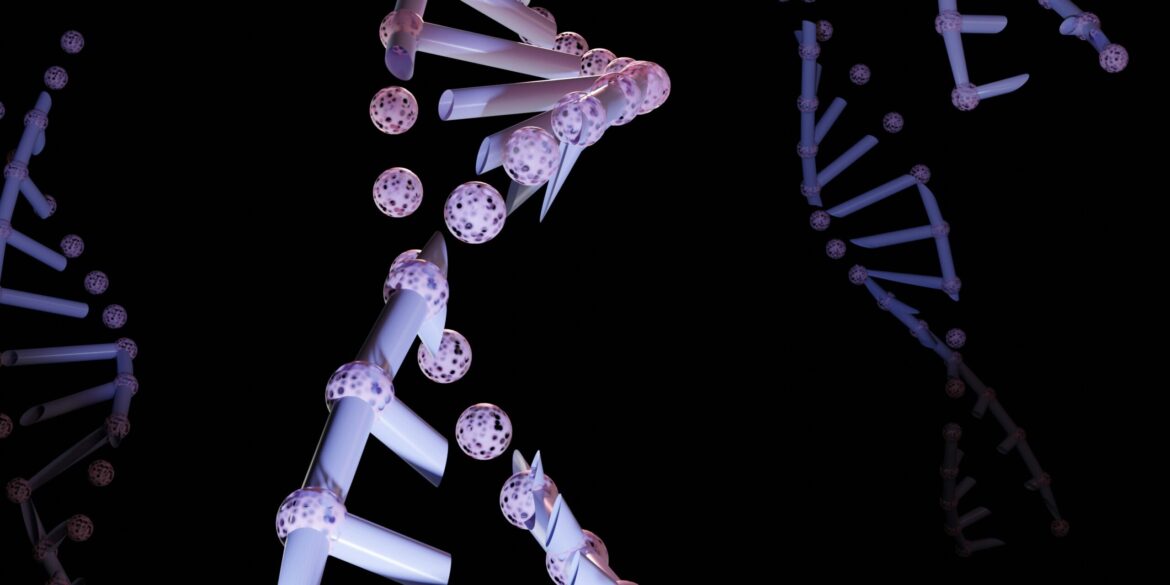In a groundbreaking announcement on July 13, 2025, researchers at Princeton University revealed that modern artificial intelligence tools have dramatically reshaped our understanding of human evolutionary history. Using AI-enhanced genomic analysis, the team discovered that Neanderthals and Homo sapiens interbred repeatedly over a period spanning toIt looks like there was an error retrieving the full research details. I’ll try the search again to get the correct information.
On July 13, 2025, researchers at Princeton University unveiled a groundbreaking study published in Science that redefines our understanding of human evolution. Led by Professor Joshua Akey and involving geneticist Liming Li from Southeast University, the team employed an advanced machine learning tool, IBDmix, to examine over 2,000 modern human genomes alongside the DNA of three Neanderthals and one Denisovan. Their findings challenge the long-held belief of a single encounter, instead revealing continuous waves of interbreeding spanning approximately 200,000 years .
Traditionally, genetic evidence suggested modern humans evolved in Africa around 250,000 years ago and remained isolated until migrating out roughly 50,000 years ago, when limited interbreeding occurred with Neanderthals. The AI-enabled analysis, however, exposes at least three distinct gene flow events: an early wave around 200,000–250,000 years ago, another between 100,000–120,000 years ago, and the most substantial one occurring around 50,000–60,000 years ago . This pattern supports a model of repeated migrations out of Africa, not a singular exodus.
Akey noted that this finding “reshapes a narrative built on isolation and singular interaction”: instead, modern humans and Neanderthals exchanged DNA over most of their shared existence, indicating a far more intertwined evolutionary journey . A key innovation of IBDmix was its ability to detect human DNA segments within Neanderthals—a reversal of previous efforts focused on Neanderthal contributions to modern people. These previously overlooked segments turned out to distort measures of genetic diversity, leading researchers to significantly revise Neanderthal population estimates downward from around 3,400 to closer to 2,400 breeding individuals .
Moreover, the results aligned with an “assimilation model”, first proposed over thirty years ago. This concept suggests Neanderthals gradually blended into expanding modern human populations rather than vanishing completely. Akey describes it as modern human populations acting “like waves crashing on a beach”—steadily overwhelming and absorbing Neanderthal communities .
Beyond population dynamics, these interbreeding episodes left a lasting legacy in our genomes. Even today, Neanderthal DNA contributes 1–4% of the genetic makeup of non-African populations, influencing traits from immune response and skin physiology to metabolic pathways . Meanwhile, the Neanderthal genome itself contains 2.5–3.7% modern human DNA, underscoring the bidirectional nature of our ancestral exchange .
The study’s timeline aligns with archaeological evidence suggesting cultural and technological exchanges between hominin groups. Tool-sharing, symbolic art, and similar survival strategies found at paleoanthropological sites may reflect the same interactions that left genetic traces . Li remarks that for much of human history, Homo sapiens and Neanderthals did not merely coexist—they interacted, shared knowledge, and interbred.
This research showcases how AI can deepen our understanding of complex evolutionary questions. By analyzing subtle genomic patterns at scale, IBDmix runs far beyond traditional methods that relied solely on modern reference populations. It has enabled the detection of ancient genetic exchanges long erased from earlier models .
In essence, the history of Homo sapiens and Neanderthals is not a series of isolated meetings but a prolonged dance of migration, contact, and gene flow. What may have once been portrayed as brief brushes of contact now emerges as sustained interaction forming the fabric of our shared ancestry.

